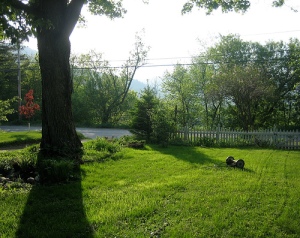One of my pet loving readers recently told me about CedarCide all natural, organic pet animal products whose base is non-toxic cedar oil. She swears by their shampoo, which leaves her Great Dane’s coat shiny and smelling great.

Cedar oil, a proven insect repellant, has been around thousands of years. Cedar chests and closets have long been used for storage of winter clothes to protect them from moths and other bugs. Now, CedarCide offers products with the same bug killing ingredient.
CedarCide’s pet products deter fleas and ticks and are a safe alternative to chemical based drops and flea collars. Their Vet’s Choice is a concentrated product containing 90% cedar oil used for a flea dip or flea and tick spray. Petsafe Granules releases aromatic cedar oil and can be sprinkled around your pet’s house or bed to provide a protective barrier against ticks and fleas, and provide odor control.
I was always uncomfortable applying chemical tick control to my dog’s coat, but living on Cape Cod with a high deer tick population, she needed protection. I am so relieved to learn about this organic alternative.
Click here to see CedarCide’s full line of pet, personal care and outdoor pest control products safe enough to be sprayed directly on people or pets, poured into standing water or sprayed onto surfaces with no harmful effect to people or the environment.
Thanks to my reader for this great tip. If you have a green living tip I haven’t written about, please contact me. We’re on this green road together!
For more green living tips, visit greenwithbetsy.com.
Information compiled from cedarcide.com.







